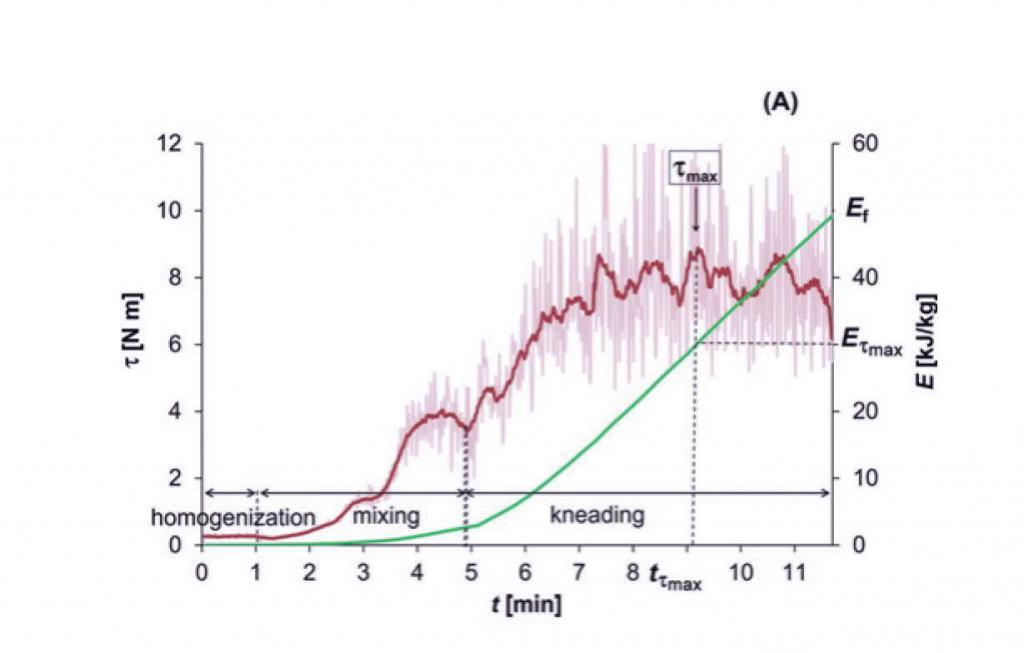Due to often high starting torque, heavy loads, and changing viscosities, mixing applications can be challenging. But with the right torque vector variable frequency drive (VFD) consistent batching, equipment life, and energy efficiency go hand-in hand. Let’s take a closer look at the features and capabilities that make these drives a solid choice for process mixing applications.
Starting torque: A number of factors can influence the amount of starting torque needed to get agitators in motion. The sheer volume of materials to be mixed, and their density, can place a lot of stress on vessel mixing components. Tank design also influences this – factors such as tank geometry, agitator design, baffle design and geometry, hub arrangement, motor power output, and tank temperature control all can affect the torque needed to begin a mixing cycle. And of course, batch variability also is a critical factor.
Modern vector control drives are capable of providing full torque at zero speed, which not only ensures sufficient starting power but also allows for efficient power consumption during starting. Where high torque isn’t needed, the soft-starting capability of these drives can save significant wear and tear on mixing components and gear boxes.
Mixing dynamics: Often, precise control is needed to ensure consistent batches, as the consistency of the batch can vary during processing. Viscosity or density can change drastically as mixing proceeds, which means that forces on the agitators can swing wildly.
(For example, see the torque profile in Fig. 1.) Variable speed drives equipped with torque monitoring algorithms can adjust output rapidly to accommodate these fluctuations, while ensuring protection against excessive torque which can damage system components. The same type of monitoring can be used as feedback to measure mixing progress without needing to stop mixing to test the batch.

Fig. 1 – Rheograph of dough mixing application detailing variability during processing.
From Altuna, Romano, Pileggi, Ribotta, & Tadini, Int. J. Food Eng. 2016.
Batch consistency: Different materials require different process controls to ensure consistent quality batches. Drives can be programmed with many different recipes, easily accessible from an operator interface or capable of communicating with an external operator station. This can provide for “one button” operation, and easy ability to change recipes via a selection screen without needing to reprogram the drive.
Batch consistency can also be affected by power system interruptions or surges; drives can provide a measure of protection against this because they can be programmed to ride through brief (typically less than 5 ms) power interruptions. In case of longer interruptions, the drives can also be programmed to restart automatically on restoring power in order to minimize batch loss.
The above capabilities are just a few of the many attributes making variable speed drives perfect for mixing applications. Have you encountered a challenging mixing application, and if so, did you use a drive to resolve it? Please let us know in the comments section. And please visit our site at https://joliettech.com for more information on the services and products we offer.
Thanks for reading!

Regards,
Jay Baima
Joliet Technologies


Leave A Comment
You must be logged in to post a comment.